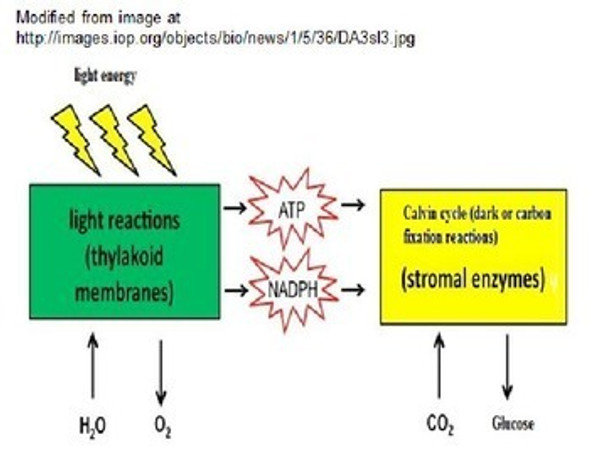Description
This zip file contains many different activities (48 pages of student handouts and 1 PowerPoint with a total of 49 slides) which can be used to compose a unit for chemistry students involving Solutions. Topics in this unit include saturated, unsaturated and supersaturated solutions, solubility curves, some rules involving solubility, percent of solution, molarity including calculations, parts per million calculations and colligative properties (boiling point elevation and freezing point depression with calculations).
The components of this lesson will fit well into the design of any high school chemistry course. The components of this lesson may fit into other physical science courses as well. The components this unit addresses in the NGSS Standards and Common Core Standards are indicated at the end of this description.
All documents except for the PowerPoint are included in both word and pdf to allow editing for specific teacher needs. These activities are well suited for use in distance learning environments.
The specific contents of the learning package includes the following items (the page count for these items are actual student handouts as answer key page counts are not included):
-- Marzano self assessment scale including learning goals, NGSS Standards and Common Core Reading/Writing and Mathematics Standards for students specific to this unit (3 pages)
-- Cloze notes handout for students with learning goals and Common Core Standards to accompany lesson PowerPoint (9 pages)
-- 44 slide PowerPoint to accompany the cloze notes
-- Solubility Reference Tables (3 pages)
-- Solubility Curve Problems with Key (2 pages/13 questions)
-- Introduction to Solutions Worksheet with with answer key (3 pages/20 questions)
-- Molarity Practice Worksheet with key (2 pages/6 problems with some multi-step problems)
-- Solutions Calculations Worksheet with key (2 pages/8 problems including molarity and parts per million calculation questions)
-- Partial Pressures and Gas Laws worksheet (answer key at the end of worksheet) (3 pages/18 questions)
-- Colligative Properties and Vapor Pressures Worksheet with key (2 pages/11 questions)
-- Solutions quiz # 1 with key (1 page/6 questions)
-- Solutions quiz # 2 with key (2 pages/11 questions)
-- Solutions quiz # 3 with key (1 page/6 questions)
-- Solutions Review Packet with answer key (5 pages/38 questions)
-- Solubility Curve Lab with Key (5 pages)
-- Solution Exam with answer sheet and answer key (5 pages/33 varied format questions)
Learning Goals
Upon the completion of this unit the student will be able to:
1. define the term solution and list examples of solutions.
2. define the terms solute and solvent and list examples of these.
3. explain what is meant by a colloid and list examples of these.
4. define the terms miscible and immiscible.
5. explain the difference between a dilute and a concentrated solution.
6. explain the difference between an unsaturated, saturated, and supersaturated solution.
7. predict quantities of solute/solvent based on the type of solution: (un/super) saturated solutions.
8. summarize the factors which affect the solubility of solutions.
9. predict products from a double replacement reaction and determine solubility/phases.
10. calculate the concentration of a solution or its components using; the molarity equation, % by mass formula, or parts per million formula.
11. define the term dissociation and write/balance equations involving the dissociation of ionic substances.
12. describe some colligative properties of solutions; including boiling point elevation and freezing point depression.
13. perform simple calculations involving boiling point elevation and freezing point depression, given the molarity of the aqueous solution and its composition.
14. propose how the addition of different compounds to aqueous solutions will influence the physical properties of said solution.
15. define the term electrolyte and explain why ionic substances are good electrolytes, while molecular solids are not.
NGSS Standards
Students who demonstrate understanding can:
HS-PS1-5. Apply scientific principles and evidence to provide an explanation about the effects of changing the temperature or concentration of the reacting particles on the rate at which a reaction occurs.
HS-PS1-6. Refine the design of a chemical system by specifying a change in conditions that would produce increased amounts of products at equilibrium.
Common Core State Standards Connections:
ELA/Literacy
WHST.9-12.2 Write informative/explanatory texts, including the narration of historical events, scientific procedures/ experiments, or technical processes.
Mathematics
MP.2 Reason abstractly and quantitatively.
HSN-Q.A.1 Use units as a way to understand problems and to guide the solution of multi-step problems; choose and interpret units consistently in formulas; choose and interpret the scale and the origin in graphs and data displays.
Terms of Use
Purchase of the product is for classroom use by the purchaser only. It is a violation for individuals, schools, and districts to redistribute, sell, or post this item on the Internet or to other individuals.
This work is licensed under a Creative Commons Attribution-NonCommercial-ShareAlike 4.0 International License.
View my complete High School Complete Chemistry Course














